Discover why the wider Abraham Lincoln assassination plot was far larger than the death of one man and how this three-pronged attack sent out violent aftershocks for decades to come.
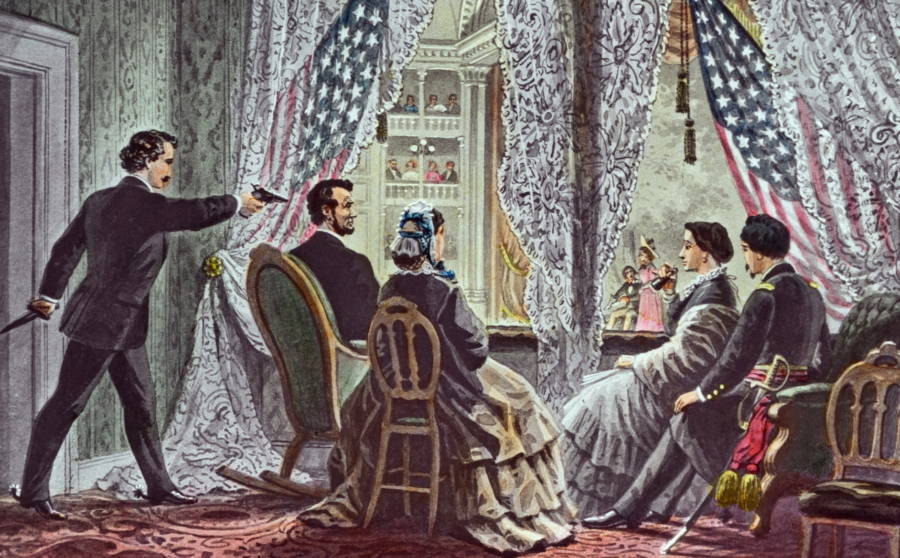
Wikimedia CommonsAn illustration of John Wilkes Booth preparing to shoot Abraham Lincoln while the first lady as well as Clara Harris and Henry Rathbone sit nearby.
On April 14, 1865, a man crept up the back staircase of Ford’s Theatre in Washington, D.C. with a gun in his hand. Soon, it would take that gunman, John Wilkes Booth, mere seconds to fatally shoot President Abraham Lincoln through the back of the head and violently alter the course of American history itself.
However, though few may realize it, the wider Abraham Lincoln assassination plot was much larger than the murder of just one man. It was actually part of a three-pronged attack designed to destabilize the entire Union government.
As Booth aimed his pistol at the back of Lincoln’s head, former Confederate soldier Lewis Powell had almost made it to his destination, the home of Secretary of State William Henry Seward. A few blocks away from Ford’s Theatre, George Atzerodt tried to work up his courage while sitting in the bar of the Kirkwood House hotel where the new vice president, Andrew Johnson, had a room. Had Powell and Atzerodt completed their murderous missions, Seward and Johnson would have also been killed.
Thus the complete Abraham Lincoln assassination plot was not just about killing the president, but also about taking out the men next in line for the presidency and throwing the country into chaos as the Civil War limped to a bloody end.
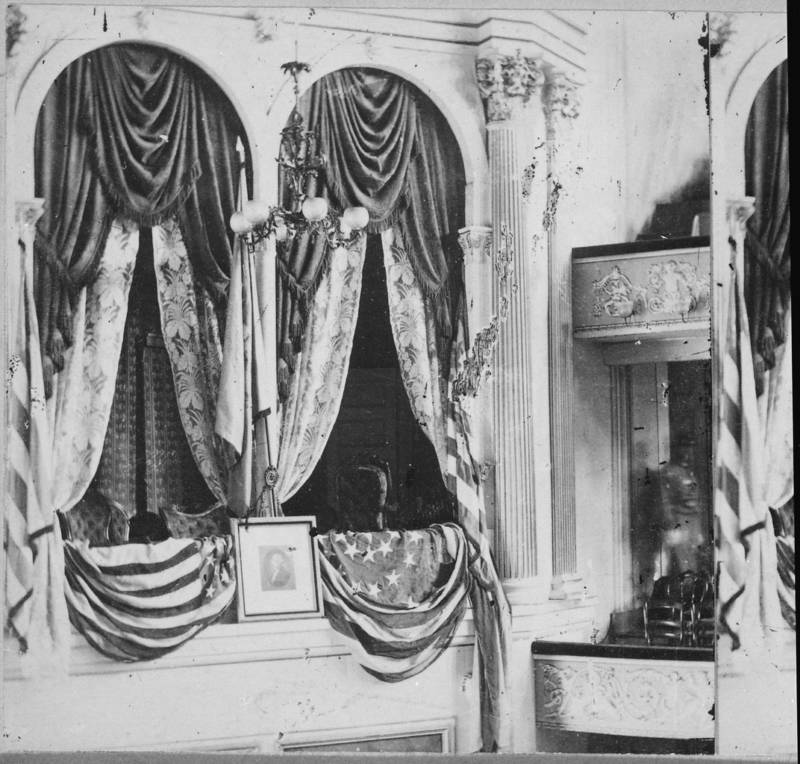
Wikimedia CommonsThe box at Ford’s Theatre where the Abraham Lincoln assassination occurred. Circa 1861-1865.
The murder of Lincoln himself did indeed throw the country into chaos. And that portion of the Abraham Lincoln assassination story is well-known.
Ever since Lincoln had expressed support for black suffrage in a speech given on April 11, 1865, in the waning days of the Civil War — the last public address he would ever give — Booth became determined to murder the president. “That means n*gger citizenship,” Booth said of the speech. “Now, by God, I’ll put him through.”
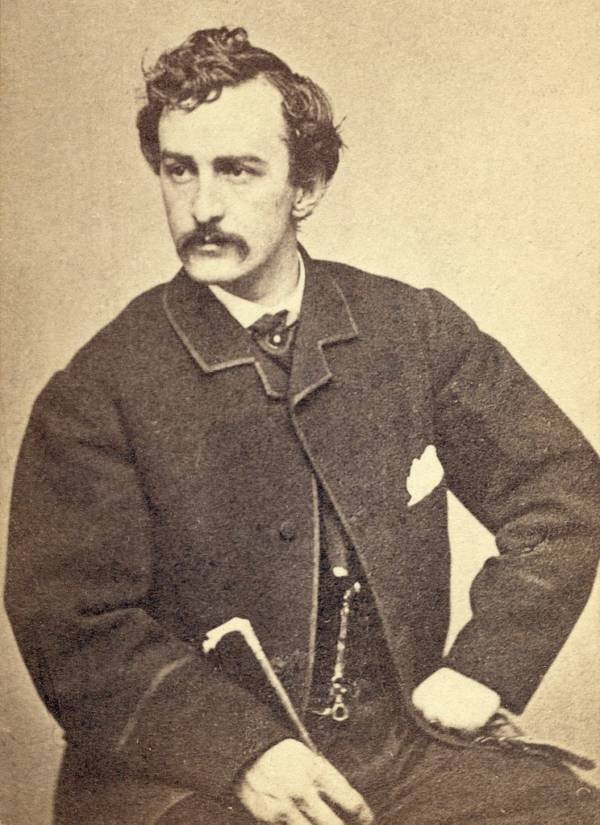
Wikimedia CommonsJohn Wilkes Booth
Three days later, the plan sprang into action. Booth, after shooting the president in the skull behind his left ear, then leaped from the president’s box and onto the stage below while the horrified audience looked on (though some apparently believed initially that he was part of the play). Accounts vary, but many sources claim that Booth then cried “sic semper tyrannis” (“thus always to tyrants”) before catching his spur on a large flag hanging from Lincoln’s box and breaking his leg as he landed on the stage.
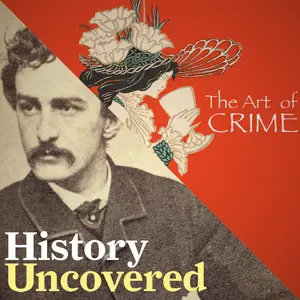
Nevertheless, he managed to dash across the stage, stabbing orchestra leader William Withers Jr. on his way out, exit through a side door and into a waiting carriage on the street, thus escaping to safety. It would take authorities twelve days to track Booth to a farmhouse in northern Virginia where a Union soldier named Boston Corbett shot and killed him.
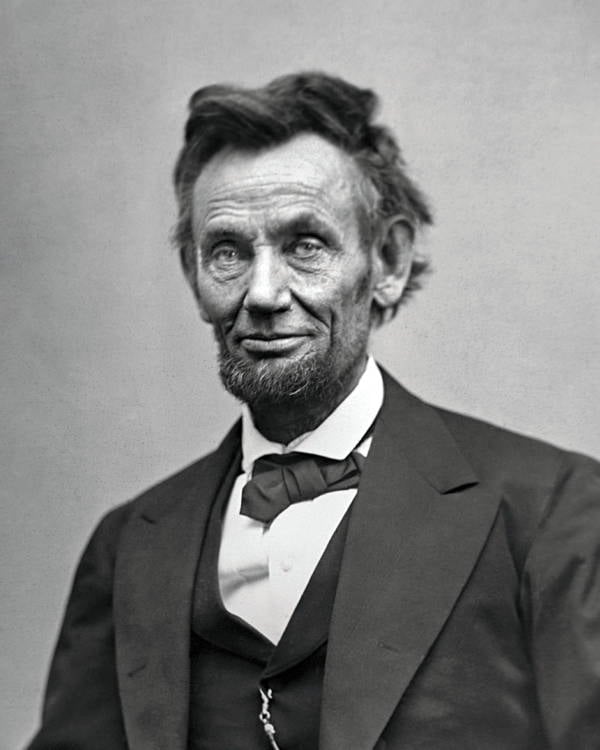
Wikimedia CommonsAbraham Lincoln, as seen two months before his assassination.
But though that piece of the larger Abraham Lincoln assassination story ended with John Wilkes Booth’s death, it overshadows the widespread violence of the larger attack that is so often lost to history.
The Aborted Attempt To Kill The Vice President
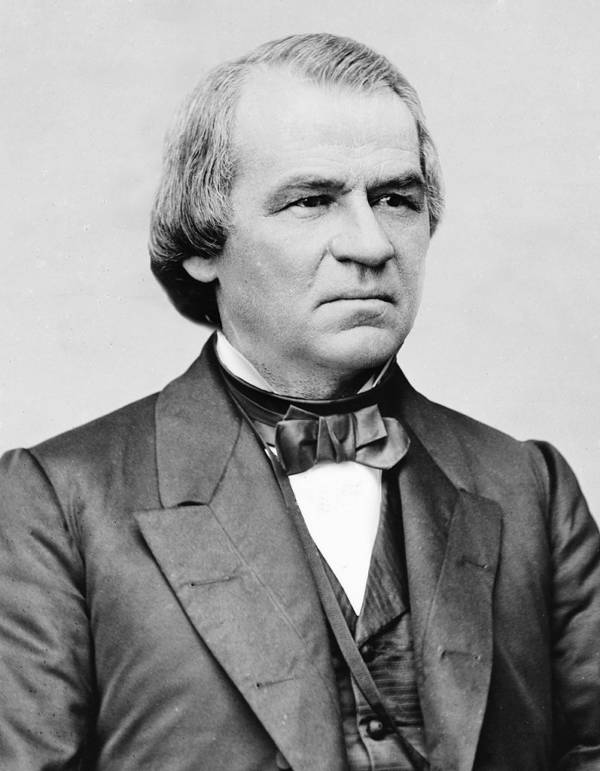
Wikimedia CommonsAndrew Johnson
History indeed remembers the Abraham Lincoln assassination itself, but not the parallel events. On the night of April 14, as the fatal shot rang out at Ford’s theatre, Lewis Powell made his way down a quiet street in Washington D.C. He knocked hard on William Seward’s door. Armed with a knife and a gun, Powell was ready to carry out his part of the plot, his mission to kill the secretary of state, Lincoln’s most trusted advisor, and the man who was third in line to the presidency.
A bad carriage accident had confined Seward to bed. A few days before, Lincoln had visited his bedside and recounted his recent visit to the vanquished Southern city of Richmond. Seward could not speak because of a metal contraption holding his broken jaw together. Still, the mood was jovial. The war, finally, seemed to be close to an end.
As Powell waited for someone to answer the door, Atzerodt stewed several blocks away at the Kirkwood House. The news of the Abraham Lincoln assassination and the horror unfolding in the popular theatre across town had not yet spread.

Wikimedia CommonsGeorge Atzerodt
Meanwhile, Atzerodt contemplated his mission to kill the vice president, the Union-loyal Southerner Andrew Johnson. Atzerodt had a gun and a knife. Upstairs, the vice president sat alone, unguarded, an easy target. But the 29-year-old German immigrant could not quite convince himself to mount the stairs. Eventually, he left the hotel and then spent the night wandering drunkenly around Washington, D.C.
His decision to spare Johnson would prove fateful for the entire country. Lincoln and Johnson viewed the end of the war differently and Lincoln’s careful plan for Reconstruction was soon buried under that of the more impulsive, Southern-sympathetic Johnson. Because of Atzerodt’s lack of courage, Johnson would survive the night unscathed and Reconstruction would proceed under his direction.
The Bloody Attack On William Seward
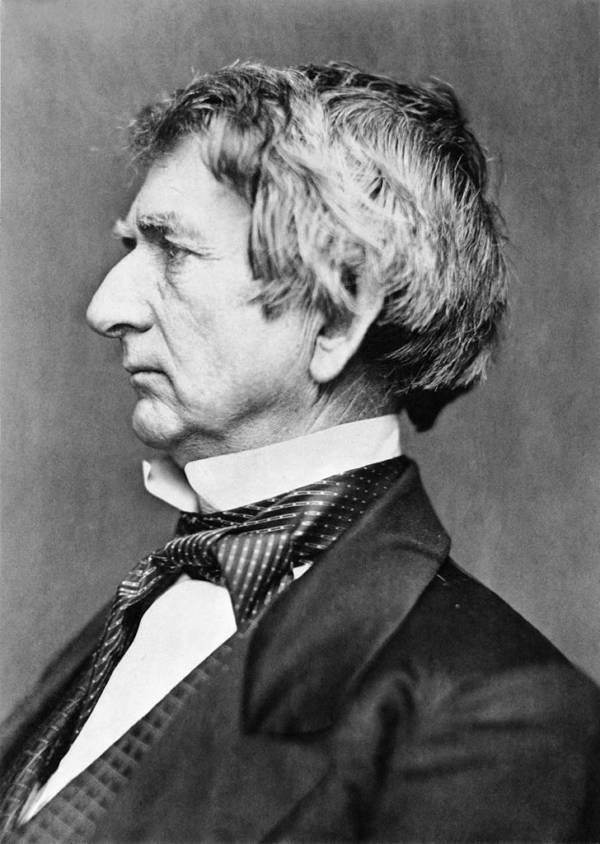
Wikimedia CommonsWilliam H. Seward
The Seward household was not so lucky. Amid horrific confusion across town — as Mary Lincoln screamed into the night while her husband’s mortally wounded body was moved to a home across the street from the theatre where his 6’4″ frame had to be laid diagonally across a bed — a servant answered the door of the Seward residence. Lewis Powell’s ruse — that he was there to deliver medicine for Seward — was met with immediate suspicion. After all, it was 10:30 at night. When Powell insisted he had to deliver the medicine in person, the servant hesitated — but Powell barged in.
As the servant raised the alarm, Seward’s sons came running to see what was happening. Powell, leaping up the staircase towards Seward’s bedroom, pointed his pistol at Frederick Seward. The gun misfired, but Powell used it to clobber Frederick. When Augustus Seward rushed Powell, he stabbed him.
In the frantic confusion that followed, Powell attacked Seward’s bodyguard, George Robinson, his daughter, Fanny Seward, and a nurse. Then he launched himself onto the secretary’s bed and proceeded to stab Seward in the face and throat. Powell sliced up Seward to such a degree that the skin of his cheek hung from a flap, exposing his teeth. Seward, injured after his carriage accident and taken by surprise, simply could not defend himself.
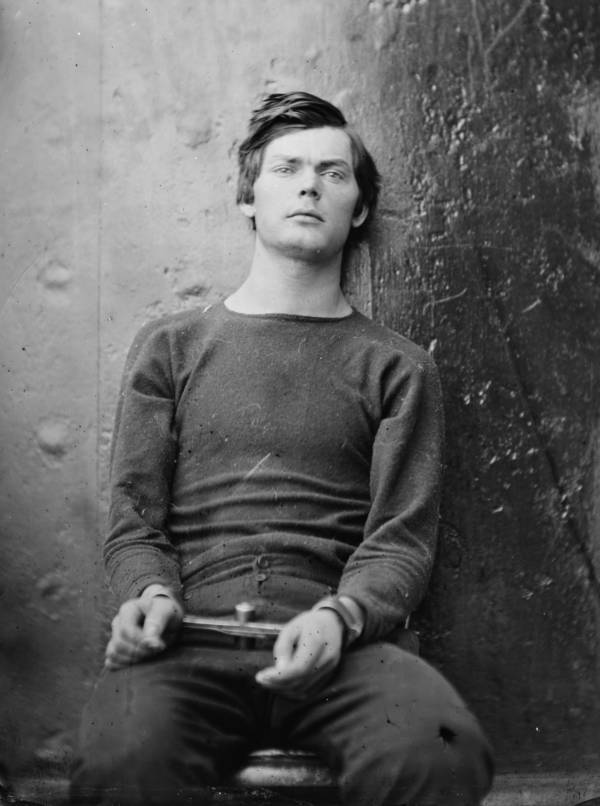
Wikimedia CommonsLewis Powell soon after his arrest.
Incredibly, however, Seward survived — in part because of the carriage accident that had left him bedridden in the first place. As Doris Kearns Goodwin wrote in Team of Rivals, “[Powell’s] knife had been deflected by the metal contraption holding Seward’s broken jaw in place.”
Leaving Seward in a bed of blood, Powell fled. Accounts of the attack differ but all witnesses agree that at some point, either before charging into the secretary’s room or as he ran out, Powell cried, “I”m mad! I’m mad!”
And his rampage was not quite done. As Powell raced from Seward’s bedroom he stabbed a State Department messenger in the hallway outside — the ultimate case of being in the wrong place at the wrong time.
Capturing The Conspirators Behind The Abraham Lincoln Assassination Plot
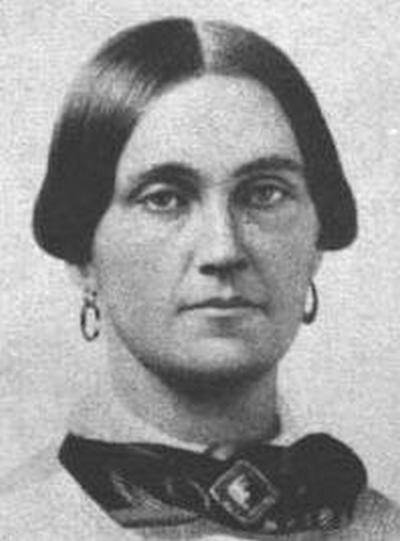
Wikimedia CommonsMary Surratt
It took only a few days for the authorities to find and arrest Powell and Atzerodt. A Kirkwood House employee alerted authorities to a “suspicious-looking man” seen there on the night of the Abraham Lincoln assassination. And a search of Atzerodt’s room (Atzerodt, not meant for a life of crime, had booked the room in his own name) turned up a loaded revolver and a knife.
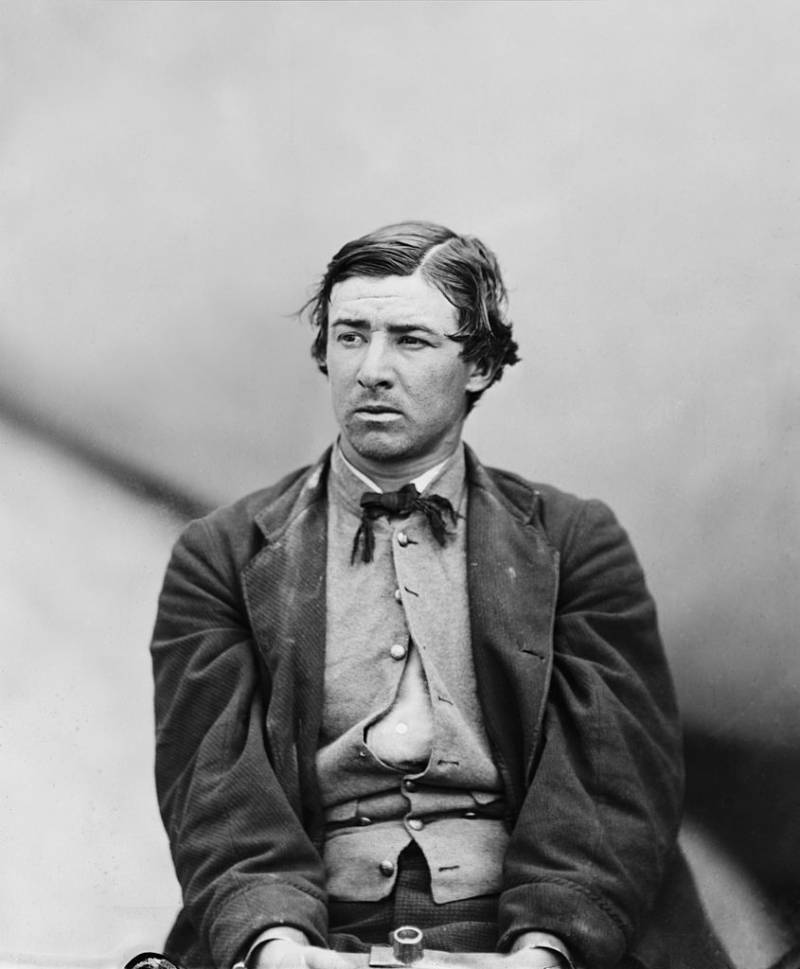
Wikimedia CommonsDavid Herold soon after being captured.
Meanwhile, police simply stumbled into arresting Powell. He showed up at the boarding house of a woman named Mary Surratt while authorities were questioning her. Surratt, whose boarding house offered a refuge for Booth and others to plan their attack, could later claim the dubious honor of being the first woman executed by the American government.
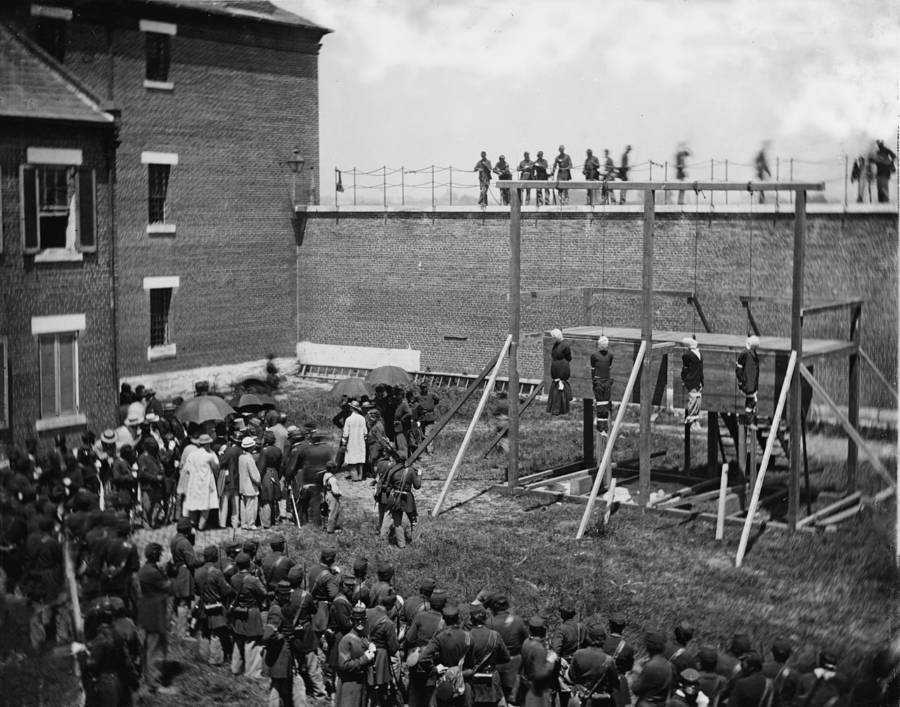
Wikimedia CommonsFrom left, Mary Surratt, Lewis Powell, David Herold, and George Atzerodt are executed in Washington, D.C. on July 7, 1865.
Ultimately, Surratt, Powell, Atzerodt, and their accomplice, David Herold (who guided Powell to Seward’s house and later helped Booth escape the capital), would hang for the parts they played in the wider Abraham Lincoln assassination plot.
The Future President That Could Have Also Been Killed
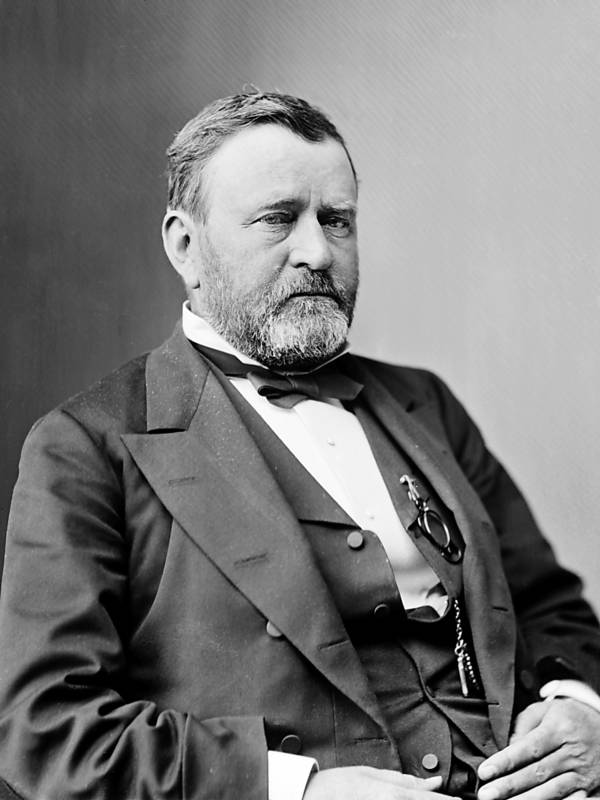
Wikimedia CommonsUlysses S. Grant
Even aside from the other, often forgotten, victims of the Abraham Lincoln assassination plot, many other lives were affected in ways that reverberated throughout American history for years to come — sometimes with fatal results.
In what seemed an insignificant act at the time, General Ulysses S. Grant declined Lincoln’s invitation to go to the theatre on the fateful night of April 14. Grant liked Lincoln and they had formed a strong bond during the war.
But Grant’s wife Julia could not stand Lincoln’s wife Mary. Mary had made no secret of the fact that she believed that Julia and her husband conspired to snatch the presidency from her husband. So when Lincoln offered the invite, Grant, prodded by his wife, declined.
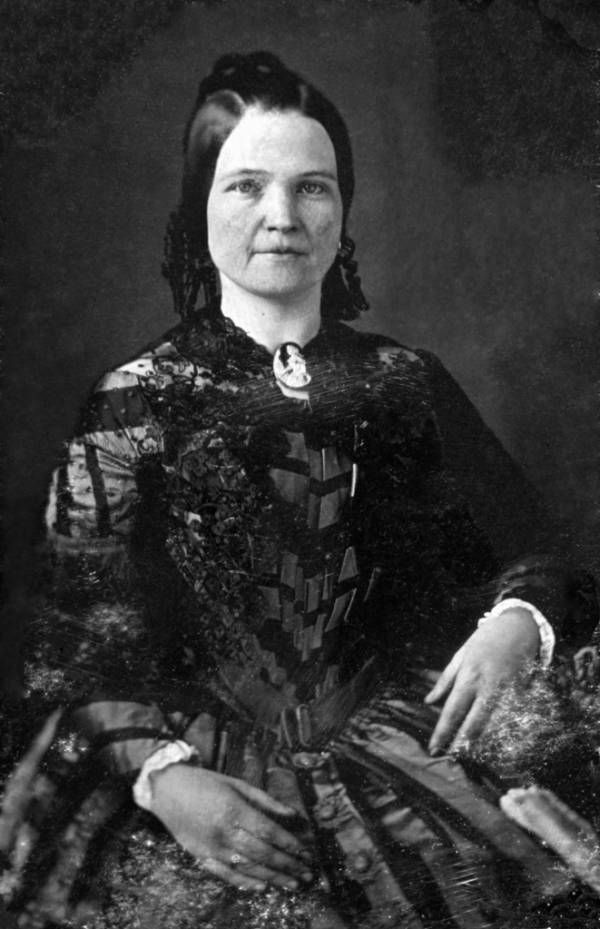
Wikimedia CommonsMary Todd Lincoln
But rumors nevertheless had most of the city believing that Grant would be at the theatre that night. The famous general’s presence had even been advertised. So Booth likely believed he’d have the chance to kill both the president and Grant, who would later become president himself.
Perhaps Booth would have been able to kill both Grant and Lincoln. Or perhaps Grant could have stymied the attack. Perhaps a general like Grant would have brought more protection to the theatre and they could have prevented the attack… The questions are endless and futile. The fact remains that Grant did not go to the theatre that night and the Abraham Lincoln assassination played out as Booth planned.
The Other Guests In Lincoln’s Box
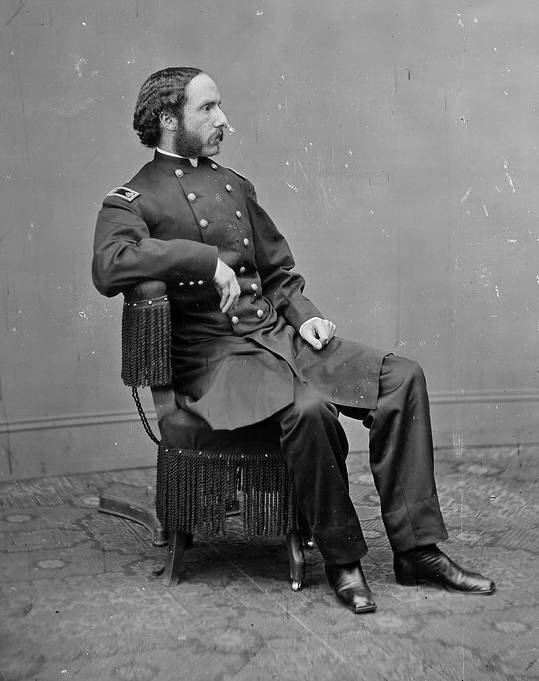
Wikimedia CommonsHenry Rathbone
Instead of having Grant’s company, the Lincolns were joined by Henry Rathbone, a young Union officer, and his fiancee, Clara Harris. The young couple was friendly with the Lincolns and were thrilled to be spending the evening with the president and his wife. The group was in good spirits as the war drawing to a close and the future seemed bright.
Between Lincoln’s chronic melancholy, his wife’s jealous fits, the death of their son Willie, and the pressures of the presidency and the war, the commander in chief and his wife certainly hadn’t had an easy marriage of late. But on the night of April 14, they were reportedly in pleasant moods and enjoying each other’s company.
As Harris later recounted, while the four of them settled into their seats, the president reached over to take his wife’s hand. “What will Miss Harris think of my hanging onto you so?” Mary asked her husband. The president smiled. Then he spoke the last words he would ever speak: “She won’t think anything of it.”
Soon the shot rang out in a theatre loud with laughter (Booth, knowing the play, timed his shot with one of its biggest laugh lines) and Henry Rathbone leaped to his feet. He lunged at Booth and tried to disarm him but Booth stabbed him in the arm and jumped away to safety. “Stop that man!” Rathbone cried. As Lincoln slumped forward, Rathbone’s fiancee screamed, “the president has been shot!”
In a letter Harris later wrote to a friend, she recounted the horrific scene. Upon seeing the blood on Harris’ dress, Mary Lincoln became hysterical, crying, “Oh! My husband’s blood!” It was, in fact, not Lincoln’s, but Rathbone’s. Stabbed badly in the arm by Booth, he later passed out due to loss of blood.

Wikimedia CommonsAbraham Lincoln’s deathbed, as seen soon after the president’s body was removed.
At the time, it seemed that Harris and Rathbone escaped the event with their lives. But Rathbone suffered from severe survivor’s guilt, always wondering if he could have done more to save the president. Harris likewise told a friend she tried not to think about Lincoln’s assassination, but admitted, “I really cannot fix my mind on anything else.” Rathbone’s guilt eventually began to take on physical symptoms. By 1869, he was treated for “attacks of neuralgia of the head and face and in the region of the heart attended by palpitations and at times difficulty breathing.”
By 1883, Harris and Rathbone were married and living in Germany with their three children while his mental state continued to decline. On Christmas Eve of that year, whatever madness had been building inside Rathbone since that night in Ford’s Theatre exploded into the open as he murdered his wife.
In an eerie echo of the Abraham Lincoln assassination 18 years earlier, he attacked his wife with a pistol and dagger, shooting her and then stabbing her in the chest as she tried to protect the children from his wrath. He then turned the knife on himself and stabbed himself five times in the chest.
Rathbone barely survived and spent the rest of his life in an insane asylum in Germany, where he refused to ever speak about his wife’s murder or the Abraham Lincoln assassination ever again.
The Wider Legacy Of The Abraham Lincoln Assassination
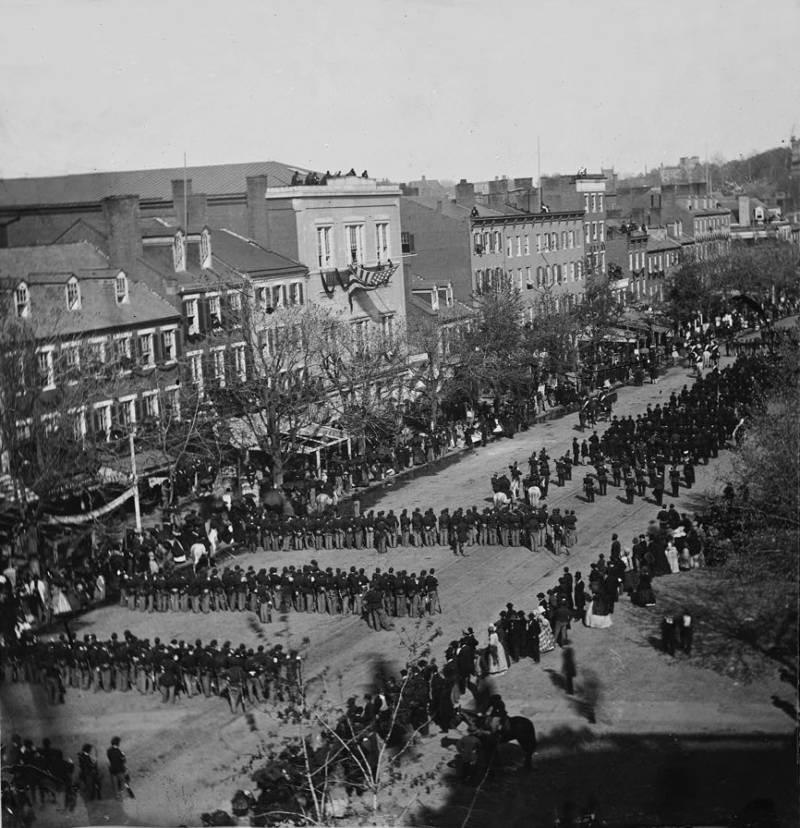
Wikimedia CommonsAbraham Lincoln’s funeral procession makes its way down Pennsylvania Avenue in Washington, D.C. on April 19, 1865.
Some 150 years later, the Abraham Lincoln assassination remains one of the most indisputably crucial events in American history.
Lincoln was the first president to die in office by assassination (unless theories concerning Zachary Taylor and lead poisoning are to be believed). His death elevated Andrew Johnson to the White House, and Johnson’s presidency and stances on Reconstruction irrevocably altered the course of the country’s history. And the assassination served as a stark reminder of the deep hatred between North and South, the frantic emotions of the war years, and the dire uncertainty of what reunification could look like.
In the end, the Abraham Lincoln assassination was much larger than just one man’s death. The event left scars on everyone involved, both those close to the event and physically affected by it as well as the rest of the country that bore witness and lived on in the changed nation created in the aftermath.
After this look at the Abraham Lincoln assassination, take a look at Ralph Lincoln, a modern-day Lincoln relative who bears a striking resemblance to the 16th president. Or, discover the story of Robert Todd Lincoln Beckwith, the last known direct Lincoln descendent.





